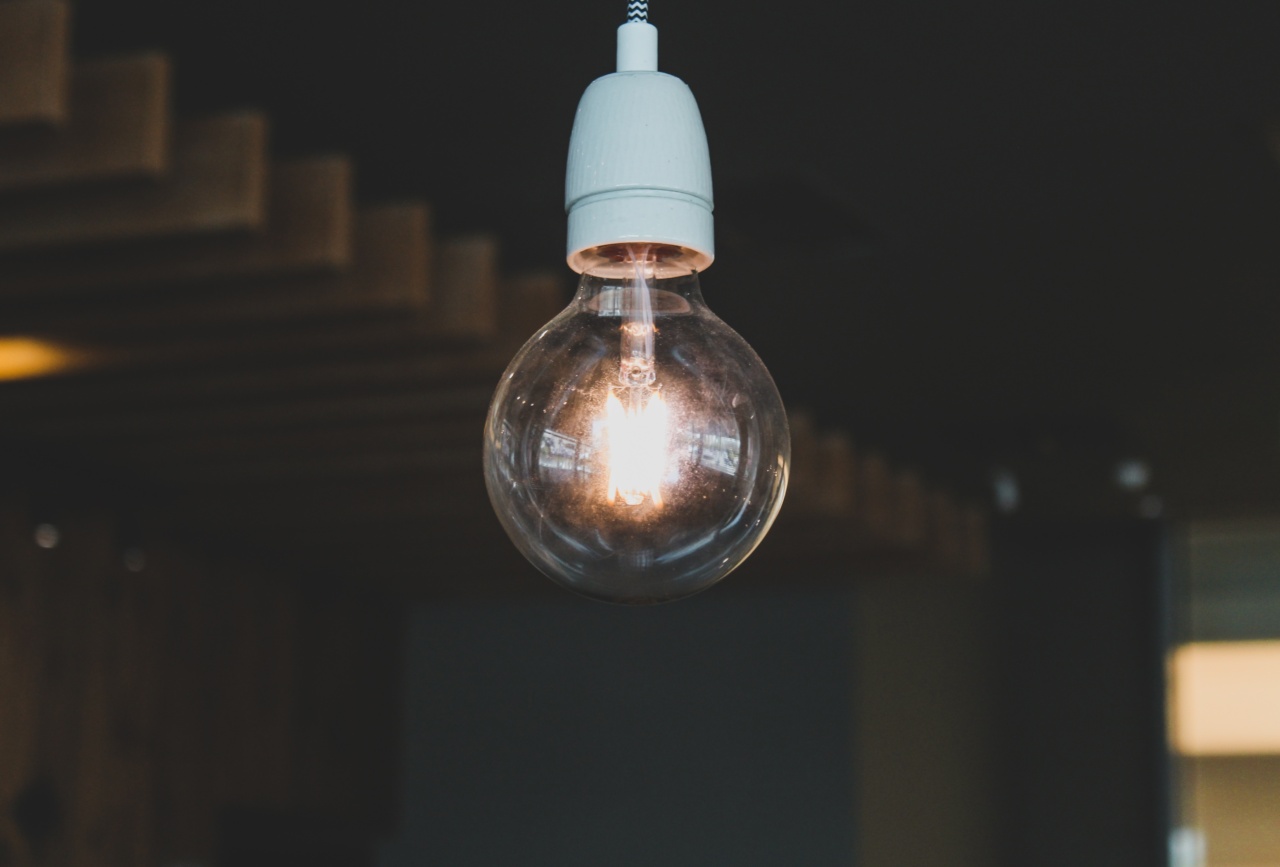LED lamps are becoming increasingly popular in homes and offices, thanks to their energy efficiency and long lifespan. But, as with any new technology, there are concerns about their safety and potential health effects.
In this article, we’ll look at the risks of LED lamps and whether they could be dangerous to your health.
What are LED lamps?
LED (light-emitting diode) lamps are a kind of modern lighting technology that are energy-efficient and long-lasting.
Unlike traditional incandescent bulbs, which generate light by heating a filament until it glows, LEDs use a semiconductor to emit light. LEDs are available in a variety of shapes and sizes, and they are commonly used in light fixtures, lamps, and even televisions and computer screens.
Why are LED lamps popular?
LED lamps offer a number of advantages over traditional incandescent and fluorescent bulbs. They are more energy-efficient, meaning they generate more light using less electricity. This can help reduce your energy costs and lower your carbon footprint.
LED lamps are also longer-lasting, with lifetimes of up to 25,000 hours, which means you’ll need to replace them less often and spend less money on replacements. Finally, LED lamps are available in a range of warm and cool hues, making them more versatile and customizable than traditional bulbs.
Are LED lamps dangerous to your health?
One of the main concerns about LED lamps is whether they could be harmful to your health. While LED lamps are generally considered safe, there are a few potential health risks associated with their use.
Blue light
One of the main health risks associated with LED lamps is the blue light they emit. Blue light has a shorter wavelength than other colors in the light spectrum, which means it produces more energy.
This high-energy light can penetrate deep into your eyes and disrupt your sleep-wake cycle, making it harder to fall asleep and stay asleep. Exposure to blue light at night has also been linked to an increased risk of certain health problems, such as diabetes and obesity.
UV radiation
Another health risk associated with LED lamps is the potential for UV (ultraviolet) radiation exposure.
While LED lamps don’t emit significant amounts of UV radiation, some models may produce small amounts that could be harmful if you’re exposed to them for long periods of time. This could be a concern if you use LED lamps for reading or other tasks that require close proximity to the light source.
Electromagnetic radiation
Some people are concerned about the potential for electromagnetic radiation (EMR) exposure from LED lamps. EMR is a type of radiation that’s produced by electronic devices, such as cell phones, computers, and televisions.
While there’s no evidence that LED lamps produce significant amounts of EMR, some people may still be concerned about potential exposure.
How to reduce your risk
Fortunately, there are a few things you can do to reduce your risk of health problems associated with LED lamps. First, choose LED lamps that emit warm, yellow light instead of cool, blue light.
This will reduce your exposure to blue light and help regulate your sleep-wake cycle. Second, use LED lamps with a lower wattage to reduce your overall exposure to light. Finally, use LED lamps in conjunction with other light sources, such as natural light from windows or ambient lighting from other fixtures.
Conclusion
Overall, LED lamps are a safe and energy-efficient lighting option for your home or office.
While there are a few potential health risks associated with their use, these risks can be minimized with simple precautions, such as choosing warm, yellow light and using lower-wattage bulbs. With proper use, LED lamps can provide bright, long-lasting light without posing a danger to your health.





























